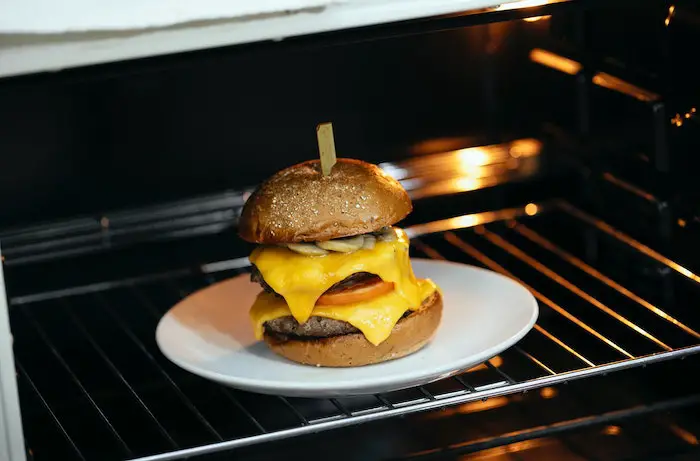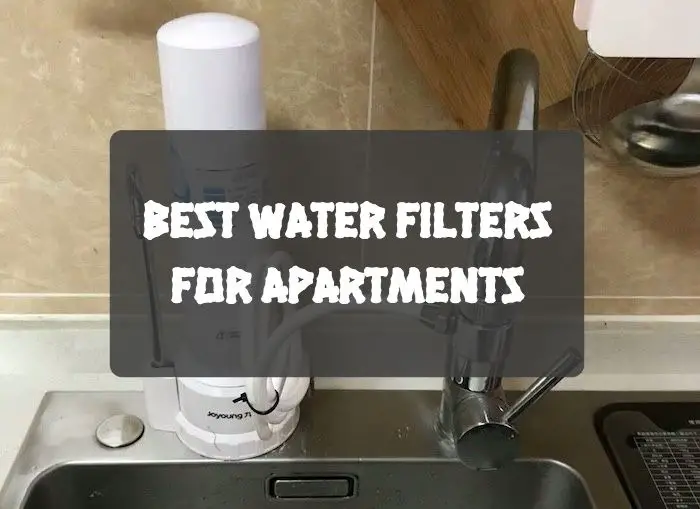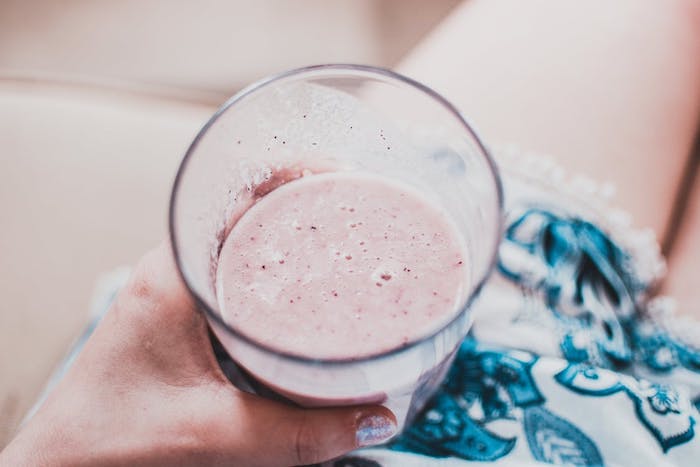We have all been there when we or someone in the family is running late for dinner and we want to keep the food warm. The thought has often crossed many of our minds to wonder whether we can just pop the plate into the oven. The reason behind our apprehensiveness is that not all plates are labeled oven-safe.
If you want a clear-cut answer to the question of whether you can put plates in the oven, then I would say that it depends on the material of the plate and the oven itself, too. Make sure you check the label to ensure that the material is oven-safe. Some common options are glass, ceramic, metal, and cast iron.
Also, bear in mind that if you put a plate that is not labeled as oven-safe in the oven, then it could break or crack. The reason behind this is the thermal shock that takes place when there’s a drastic change in the temperature of an object. In this case, it’s the rapid heating and cooling of the plate.
Sometimes, even if the plate is labeled as oven-safe, it may still crack if you put it straight into a very hot oven. So, it is advised that you keep the plate inside when the oven is still cold and preheat with the plate already inside.
After taking out the plate, remember to avoid putting cold water on it or keeping it inside the refrigerator, as this may again cause the plate to break. Let it cool to room temperature or at least to a temperature at which you can touch it easily, without the need for any oven gloves.
Now that we have covered the main question, let’s dig deeper and look at the different types of materials that are often used for making oven-safe plates. We will also look at the materials that are generally not oven-safe unless stated so.
Materials That Are Oven-Safe
#1. Glass

The most common material for oven-safe plates is glass and the two biggest brands, Corelle and Pyrex, make their products from different types of glass. Corelle plates are oven-safe as the material can withstand a temperature of up to 350 degrees Fahrenheit without breaking. However, you don’t really need to max this out, and keeping a Corelle plate at up to about 250 degrees should be enough for warming the plate or food.
Pyrex is another specially formulated brand of plates that are capable of withstanding thermal shock when placed inside a hot oven. So, when you need to re-heat your dinner or just stick your leftovers in the oven, using a Pyrex plate or container is a safe option. Always read the instructions at the bottom of the cookware before using it over any cooktop or oven.
If you don’t find the instructions at the bottom of the plate, you can always find them on the manufacturer’s website. It is always better to be safe than sorry, especially in the case of a container of which the lid may not be oven-safe.
2. Metal

Now, metal plates are not that common, but metal is one of the best materials to withstand high temperatures inside an oven. If you have stainless steel or enameled stainless steel plates, they can withstand extreme temperatures without being affected by thermal shock.
However, you need to take care when using a metal plate. Of course, we would not recommend getting a metal plate red hot inside an oven and then putting it straight into the refrigerator.
Alternatively, if the metal plate is too thin, then it may have a tendency to warp under high heat. Again, please remember to use oven gloves when taking the plates out of the oven.
3. Ceramic
This is yet another popular choice of material when it comes to oven-safe plates. These plates are usually heavier but they can withstand high temperatures inside the oven without cracking up. Ceramic is commonly used for pottery making.
If your ceramic plate was painted after it was fired, then the paint over it may chip or fall off when you put it into an oven, so you need to be careful about that. Other than that, a ceramic plate is typically capable of holding up quite well inside an oven.
However, when using a ceramic plate, you must be extra careful as the material can get pretty hot inside, although it will not break. As such, you should always use oven gloves when taking them out.
4. Cast-Iron
This is my personal favorite but not many homes use cast iron dinner plates. However, if you are one of the few who use cast iron plates, then you should have no worries about sticking it into an oven. The one reason why they are not so common is that they tend to be very heavy, so you should be careful to not drop them.
Cast iron plates are capable of absorbing a lot more heat than many other materials. Therefore, you should be extra careful and wear oven gloves to protect your hands when taking cast iron plates out of the oven.
Having covered most of the materials that are deemed as safe for use in an oven, let’s now take a look at the materials that are NOT oven-safe.
Plates That Are Non-Oven-Safe
While these may appear pretty obvious, we should still admit that we tend to make mistakes. Sometimes, these mistakes turn out to be expensive enough to damage our appliances, so here are a few types of plates that you must never put in the oven.
1. Plastic
This is a no-brainer but we need to re-emphasize that plastic plates, when exposed to high temperatures, can melt and cause a mess. There are some exceptions wherein the plastic resins are capable of withstanding high temperatures, but such materials are not very common.
Besides creating a mess inside your oven, a plastic plate will also emit hazardous fumes when it melts and this can be harmful to your lungs. Therefore, if you are using plastic plates, do not risk putting them inside the oven.
2. Paper
This goes without saying but we still added this to our list. Paper is a more flammable material than wood, so it can catch fire even at lower temperatures. So, please never ever think about putting a paper plate in the oven when it is hot. You may, however, clean the oven with a paper towel when it is switched off.
3. Wood
A wooden plate is also not a good choice to put inside the oven. It will not melt but stands the risk of catching fire. There are some wooden plates on the market that come coated with enamel, but you should still be wary about putting them into the oven.
4. Styrofoam
The next on our non-safe list is Styrofoam, a material that’s good for keeping things cold but is not a good choice to put into the oven. The material easily melts at high temperatures, and similar to plastic, it tends to give off harmful fumes that are not good for you.
Related Questions
Is there an alternative to putting plates in the oven?
If you have the option, we would suggest that you avoid putting plates into an oven to warm them up. Alternatively, you can simply transfer the food to a baking dish to keep it warm.
How can you tell if a plate is oven-safe?
You should always check the label on the back of the plate to see if it states whether or not it is oven-safe or microwave-safe. If it is not already labeled, you can check with the manufacturer to find out. If in doubt about the material, you’re better off just refraining from putting the plate in the oven or the microwave.
What temperatures can a plate withstand?
As a general rule of thumb, any oven-safe plate can withstand temperatures of up to 250 degrees Fahrenheit. This, however, depends on the type of material from which the plate is made. In most products, you can find the appropriate care instructions from the manufacturer if you need them.
See Also:
Can You Put A Sink Mat In The Dishwasher?
Can You Put One Item In The Washing Machine
4 Best Dutch Ovens For Deep Frying
How To Wash Silicone Oven Gloves (Here’s The Answer)


